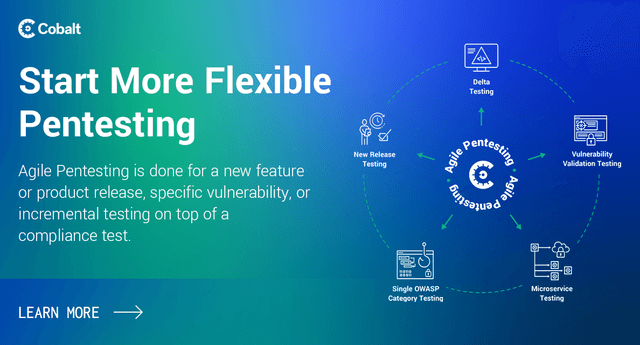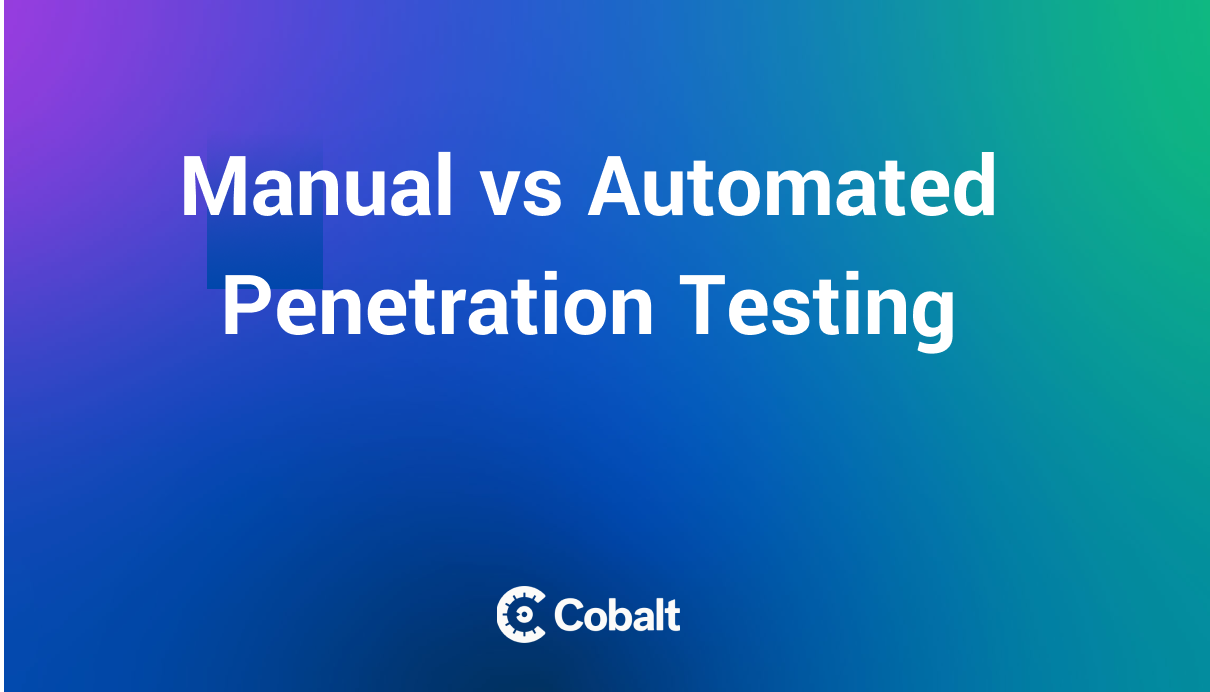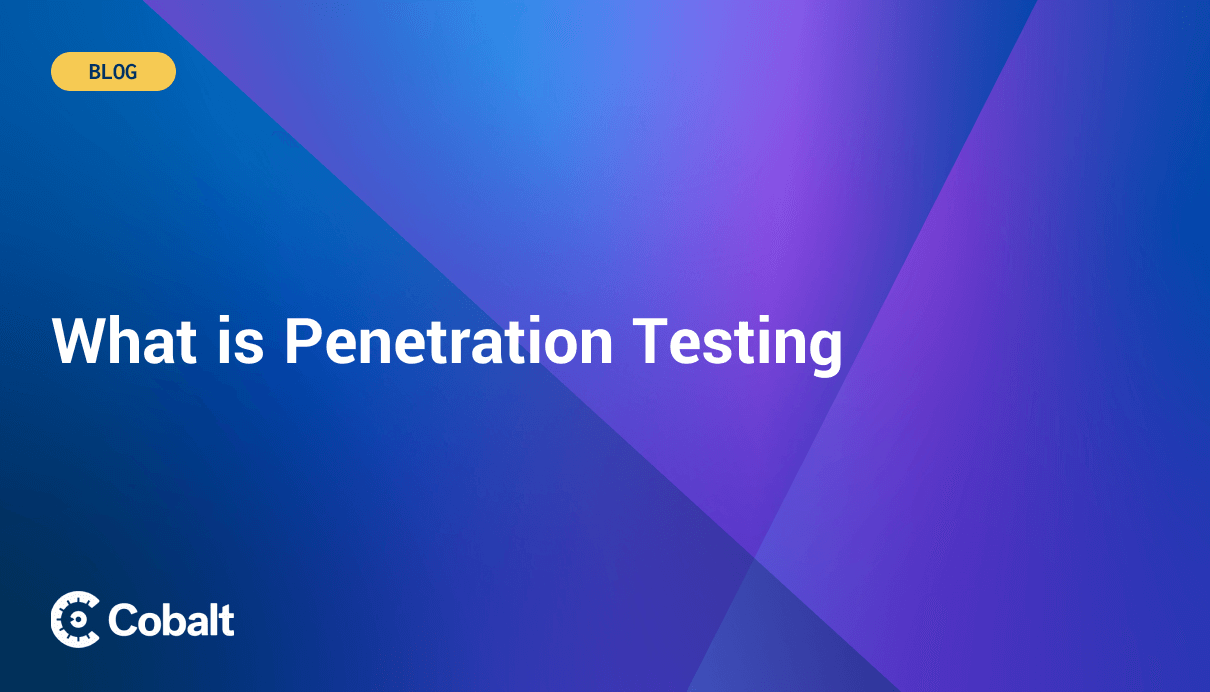Different types of pentesting methods have designated colors including black, gray, and white. These represent the levels of knowledge granted to the tester and dictates the methodologies used.
In this article, we will provide an overview of black-, gray-, and white-box pentesting, focusing on how they differ and the advantages and disadvantages of each testing methodology.
What is the difference between white-box and black-box testing?
We define the pentesting category depending on the level of access and system knowledge given to the tester before the test. These categories (or classes) range from black-box testing, when the pentester receives no information about the system, to white-box pentesting, when the tester receives a high level of information and access. As the name implies, gray-box pentesting falls somewhere in between the two.
These differences between white- and black-box testing techniques help companies explore different methodologies that vary on a situational basis, helping to illuminate and validate the types of attacks a cybercriminal may use to breach a system.
Black-Box Pentesting
Black-box testing involves the penetration tester assuming the role of a cybercriminal that has limited information on the targeted system. This means they do not have access to information such as architecture diagrams or any source code that is not already publicly available. This test allows security teams to identify vulnerabilities from outside the network, exploitable by any attacker with the proper cybersecurity skill set.
Black-box pentesters must utilize a range of methodologies to simulate manual techniques in an attempt to breach a system. The tester must also conduct information gathering to explore possible vulnerabilities within the network or installed software. Because there are no details regarding the network’s architecture provided, a black-box pentester must also be capable of mapping out a target network based on their own findings to identify different attack vectors.
An active attack vector exploit is an attempt to breach a system or network to perform malicious activity. This can involve executing malware or ransomware, exploiting unpatched vulnerabilities to access data, email spoofing, man-in-middle attacks, and domain hijacking. By identifying new methods of attack, cyber security teams can better predict the actions of cyber criminals and resolve any previously unknown vulnerabilities.
Due to the minimal information provided, black-box penetration tests generally offer the quickest form of testing as it relies on the tester’s skill to find and exploit vulnerabilities from outside the target system. However, due to the time-bound nature of a pentest, a black-box test’s disadvantage is that if the tester is unable to breach a network, then potential internal vulnerabilities will not be identified and resolved. Often a cyberattack will not be bound by such time limitations or will have insider information since 34% of all attacks are from insider threats.
Gray-Box Pentesting
The next pentesting class is gray box, when a tester has the same knowledge and access as a standard user, effectively one level higher than a black-box tester. The tester receives some information about the internal network, including its documentation regarding its architecture and design, in addition to a user account that grants access to the system.
The key goal of this type of testing is to assess the security of a network in a more concentrated way when compared to black-box. Gray-box testing is typically much more efficient and focuses on specific aspects of a network.
With the help of documentation, pentesters can directly assess areas of the network or app that present the most risk, as opposed to spending time gathering the necessary information themselves. Meanwhile, user access allows the ethical hackers to test the security within the network’s perimeter, mimicking an attacker with long-term access to a system.
White-Box Pentesting
White-box testing is the final class, sometimes referred to as “clear,” “open,” “logic-driven,” or “auxiliary” penetration testing. It is the opposite of black-box testing, as testers receive full access to the system’s source code and complete documentation relating to the network’s architecture, among other aspects of the system.
Due to the level of information provided, white-box testers must examine large amounts of data and documentation to highlight any vulnerabilities. As a result, this is the most time-consuming form of pentesting.
White-box testers can perform static code analysis, unlike the previous classes, using a range of penetration testing tools, source code analysis, and debugging software, as well as dynamic security testing techniques. By combining both dynamic and static analysis methods, the chances of missing a vulnerability are significantly reduced. By only using static analysis, it’s possible to miss some issues created by system misconfigurations.
White-box is the most comprehensive type of penetration testing, focusing on both external and internal vulnerabilities. Generally, white-box testers work closely with developers who can supply them with in-depth information relating to all areas of the system.
The Pros and Cons of Different Penetration Testing Methods
Today, penetration testing has become a critical component of any robust cybersecurity program. But each different external penetration testing methodology has its merits and weaknesses, making them more suitable for specific assignments. When analyzing each methodology, the main aspects to concentrate on are accuracy, coverage, efficiency, and timeframe.
Accuracy
The goal of any type of pentesting is to identify system vulnerabilities for remediation, protecting networks from real-life cybercriminals.
The benefits of black-box testing is, therefore, the most accurate way of simulating the actions of a cyberattack due to the lack of information provided. However, there is a drawback to black-box penetration testing because it’s generally completed in a short timeframe, meaning attackers have much more time to research potential vulnerabilities. This creates a strong use-case for a white-box pentest.
Gray- and white-box pentesting focus less on system reconnaissance, but this also results in some disadvantages. With white-box testing, for example, having full knowledge of a system may cause the tester to act unnaturally, potentially resulting in missed vulnerabilities that may be spotted by someone working with minimal data.
Gray-box penetration testing, on the other hand, can recreate the scenario of an attacker that has long-term access to a system, perhaps offering the best of both worlds.
Coverage, Efficiency, and Timeframe
Each methodology differs in terms of the level of efficiency and coverage. Black-box testing is typically the quickest form of pentesting, but a lack of data means vulnerabilities can be overlooked, impacting the overall efficiency of the test.
White-box testing is the most time-consuming but offers the most coverage, as the high-level information provided needs to be adequately processed. However, this depth of data also allows testers to identify both internal and external vulnerabilities and their relevant severity level.
As you may suspect, gray-box penetration testing is not as quick as black box, nor does it provide as much coverage as white box. This form of testing focuses on internal vulnerabilities, helped by having access to design and architecture documentation.
Examples of Black-Box Pentesting Tactics on a Web Application
To showcase how the type of test could impact your next penetration test, let’s take a look at how a pentest with a black-box methodology could differ from a white box.
1. Exploratory Testing
Exploratory testing involves conducting recon work without any predefined plan in place, or with the expectations of any specific outcome. The overall idea is to let the results of one exploratory test offer direction for any subsequent (gray or white) tests. This is one of the most common forms of black-box testing.
2. Syntax Testing
Syntax testing is the method of testing a data input format that is used on a system. Typically, this is done by adding an input that contains missing, scrambled, or incorrect elements. This allows the tester to determine if any of this input deviates from the syntax. By highlighting such errors, further testing can take place to identify related vulnerabilities.
3. Fuzzing
Fuzzing is the testing of web interfaces to check for any missing input checks. It is achieved by inputting either random data sets (noise injection), or by injecting structured data which targets specific areas. By doing so, the test can identify any unusual program behaviors caused by the noise injection, determining whether the software is failing to conduct proper checks.
4. Monitoring of Program Behaviors
By monitoring program behavior the pentester can understand how a program responds to certain actions, allowing them to spot any unexpected behavior that could point toward a potential vulnerability. This type of testing is generally automated.
Conclusion
The pentesting methodology depends entirely on the goal of the testing and the amount of time allocated for the test. Gray box focuses on internal vulnerabilities, which may be preferable to organizations that have a lot of users with varying network permissions.
Black box is sometimes the best option for realistically simulating the methods used by an external hacker. At the same time, white box offers the most comprehensive coverage while being a more time-consuming process.
In closing, learn more about Cobalt’s penetration testing services to find weaknesses in your system’s firewalls, operating systems, and from the expert team of application security professionals in the Cobalt Core.








